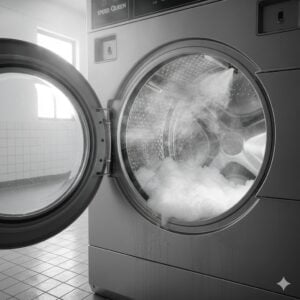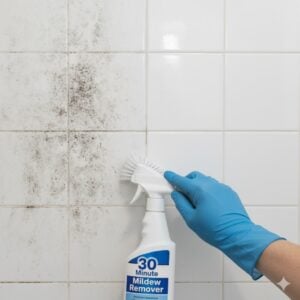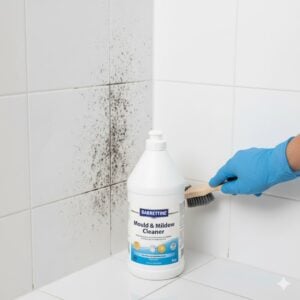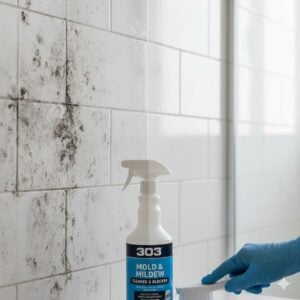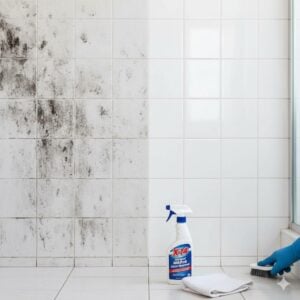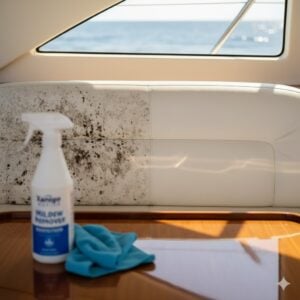Hello, dear readers! Today, we’re diving into the crucial topic of cleaning fire damage, a challenge that many homeowners and businesses face at some point. Experiencing fire damage can be overwhelming, but knowing the right techniques to tackle the aftermath is paramount. We’ll explore the top 10 techniques that not only aim to restore your space but also ensure a safer, cleaner environment. Understanding these methods is vital, as they help mitigate further damage and potential health risks, making this discussion incredibly important for all.
Table of Contents
Toggle#1 Immediate Response and Assessment
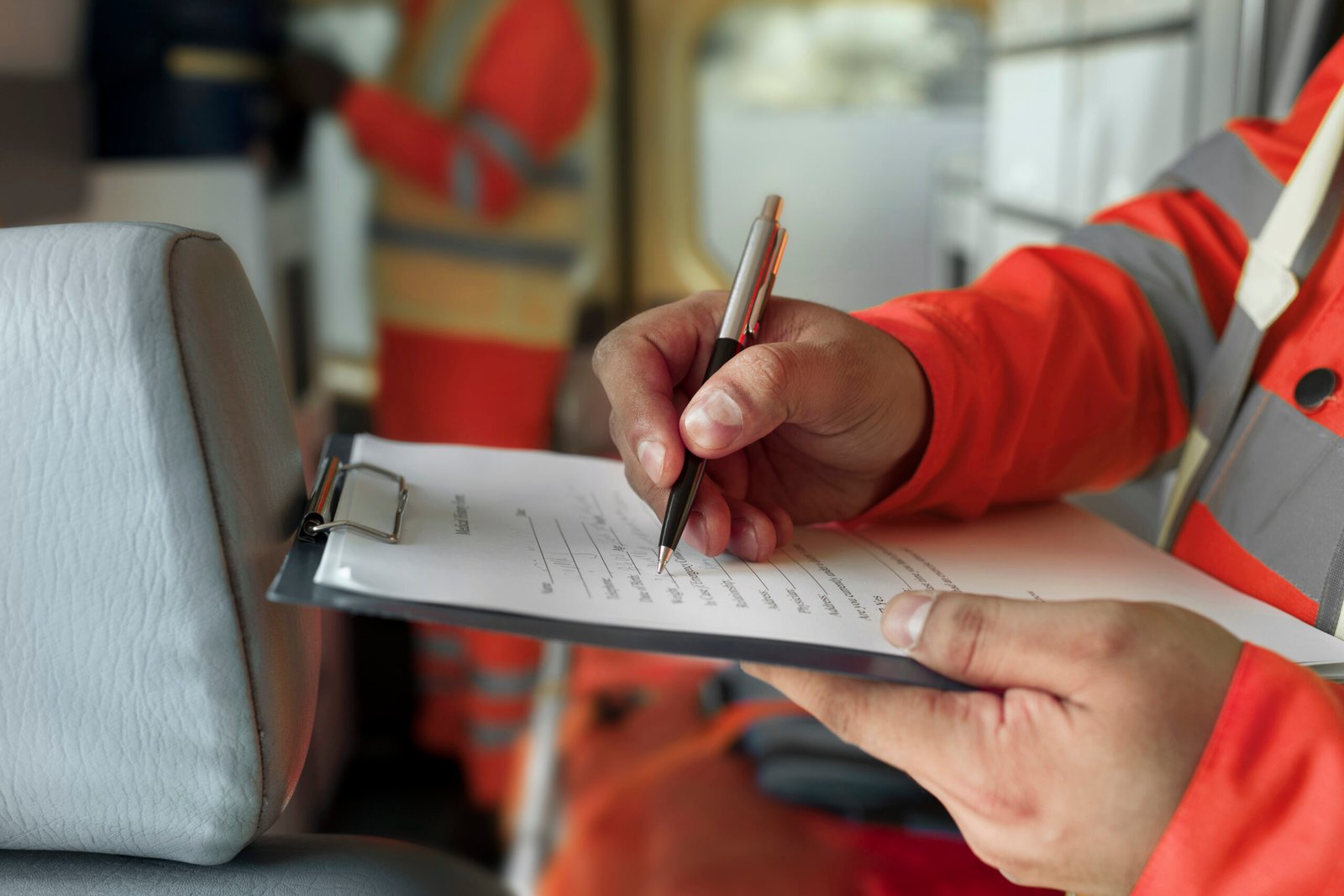
When faced with cleaning fire damage, an immediate response is crucial for minimizing the impact and preventing further destruction. Initially, ensure the area is safe to enter; this may require confirmation from fire services that the structure is secure. Once it’s safe, begin with a thorough assessment of the damage. This step involves documenting the extent of soot, smoke, and structural damage to understand the scope of cleaning required. Take photographs of all affected areas and items for insurance purposes.
The assessment should categorize damage into areas that need immediate attention, such as water-damaged sections prone to mold, and those that require professional evaluation, like electrical systems and gas lines. It’s also vital to identify materials that are salvageable versus those that need to be discarded, as some may harbor toxic residues.
This process not only aids in creating an effective cleaning plan but also ensures that efforts are directed efficiently, saving time and resources. During assessment, wear protective gear, including gloves, masks, and safety glasses, to avoid contact with harmful soot and smoke particles that can cause health issues.
#2 Safety First: Protective Gear and Precautions
Safety must always be the priority when cleaning fire damage. Before embarking on any cleaning tasks, equip yourself with the proper protective gear to shield against the harmful effects of soot, smoke, and any chemical residues. This gear includes N95 masks or respirators to prevent inhalation of particulate matter, heavy-duty gloves to protect hands from sharp objects and toxic substances, safety goggles to guard against eye irritation, and long-sleeved clothing to cover the skin.
In addition to personal protective equipment (PPE), it’s crucial to take specific precautions before starting the cleanup process. First, ensure that the electrical power to the damaged area is turned off to avoid the risk of electric shock, especially in areas that have been exposed to water. Then, ventilate the area by opening windows and doors, and if safe to do so, use fans to help remove airborne particles and reduce the concentration of odors. However, be mindful not to spread soot to unaffected areas.
Also, be aware of the structural integrity of the building. Fire can weaken structures, making them unsafe. If there’s any doubt about a building’s safety, consult with professionals before proceeding. These steps not only prepare the site for a thorough cleaning but also ensure that the cleanup efforts do not compromise your health or safety.
#3 Debris Removal and Initial Cleanup

The initial cleanup after fire damage involves debris removal and soot cleanup, which are critical steps in the restoration process. Begin by removing all items that are severely damaged and beyond repair, categorizing items into salvageable and non-salvageable. This clears the space for a thorough cleaning of the premises. It’s essential to wear protective gear during this stage to avoid contact with hazardous materials.
Once the debris is cleared, the next step is to address the soot that covers surfaces. Soot, a byproduct of burned materials, can be acidic and may further damage your property if not removed promptly. Use a vacuum with a HEPA filter to gently remove soot particles from surfaces without pushing them into the material, which can happen if wiping or brushing is attempted too aggressively. For hard surfaces, mild soap and water or a specialized soot remover can be used to clean the residue. However, it’s crucial to test cleaning solutions on a small area first to ensure they do not cause additional damage.
For textiles and other porous materials, professional cleaning may be necessary to remove soot and smoke odors effectively. Attempting to clean these items without the proper equipment can embed soot deeper into the fibers.
This phase sets the foundation for the more detailed cleaning and restoration work that follows, aiming to bring the affected area back to pre-damage condition.
#4 Air Quality and Ventilation
Improving air quality and ensuring proper ventilation are critical steps in the aftermath of fire damage. Smoke and soot can severely compromise indoor air quality, posing health risks and contributing to unpleasant odors. Start by opening windows and doors to introduce fresh air into the affected area. This natural ventilation is essential for diluting the concentration of airborne particles and odors.
If electricity is safely accessible, use air purifiers equipped with HEPA filters to capture fine particulate matter from the air, including soot and smoke particles. These purifiers can significantly improve indoor air quality by removing contaminants that are not visible to the naked eye. Additionally, it’s beneficial to place fans strategically near openings to push contaminated air out and draw fresh air in, further aiding in the ventilation process.
Consider using dehumidifiers in conjunction with air purifiers to control moisture levels, especially if water was used to extinguish the fire. Excessive moisture can lead to mold growth, which poses another health risk and complicates the cleanup process.
It’s also advisable to replace HVAC filters that have been exposed to smoke and soot to prevent the recirculation of these particles throughout the building. Regular checks and replacements of these filters during the cleanup process ensure the HVAC system contributes positively to air quality.
#5 Deep Cleaning Surfaces and Materials
Deep cleaning surfaces and materials post-fire damage is essential to restore the property to its pre-damage state. Different surfaces require specific approaches for effective cleaning without causing further harm. For hard surfaces like walls, ceilings, and non-porous floors, start with a dry cleaning sponge to remove soot gently. Follow this with a solution of water and mild detergent, or a specialized cleaner for soot removal, applying it with a soft cloth or sponge to avoid embedding soot into the surface. Always rinse with clean water and dry thoroughly to prevent moisture damage.
For porous materials like wood and drywall, the cleaning process is more delicate. These materials can absorb smoke and soot, making them harder to clean. Light vacuuming with a HEPA filter can remove surface soot before any wet cleaning. In some cases, sealing or refinishing may be necessary to lock in odors and soot that cannot be completely removed.
Carpets and rugs should be vacuumed to remove loose soot particles before any washing or shampooing. It’s often best to consult with professional cleaners for these items, as they have the equipment and expertise to remove soot and odors without causing damage.
Upholstery and curtains can be vacuumed with an upholstery attachment to remove soot before being professionally cleaned. Avoid using water or cleaners on these items without testing a small, inconspicuous area first to prevent water marks or further damage.
#6 Specialized Cleaning for Electronics and Appliances
Specialized cleaning for electronics and appliances after fire damage requires careful consideration due to the sensitive nature of these items. Electronics can suffer not just from soot and smoke but also from the corrosive effects of the chemicals produced in a fire. The first step is to unplug all devices and assess the extent of the damage visually. Do not attempt to turn on or use any electronic devices that have been exposed to fire, as this can cause further damage or even pose a safety risk.
For lightly affected items, a soft brush or vacuum with a HEPA filter can be used to gently remove surface soot. However, it’s crucial to avoid any forceful cleaning or the use of water and detergents, as moisture can worsen the situation. Electronics and appliances with significant damage or those that were in close proximity to the fire’s heat should be evaluated by a professional. Specialists in electronic restoration have the tools and expertise to clean and salvage these items properly.
The decision to restore or replace should be made based on the professional’s assessment, considering the cost of cleaning versus replacement, the sentimental value of the items, and the potential for hidden damage that could cause issues down the line.
For appliances, similar guidelines apply. A visual inspection will help determine whether professional cleaning can restore the appliance to a safe and functional state or if replacement is the safer option.
#7 Textile and Upholstery Care
Textile and upholstery care after fire damage is a sensitive task that requires a meticulous approach to remove soot, smoke, and odors without causing further damage to the fabric. The first step is to vacuum textiles with a HEPA filter vacuum cleaner to remove loose soot particles. This should be done gently to avoid pushing soot deeper into the fabric. Avoid using brush attachments or any aggressive scrubbing, as these can embed soot particles further into the material.
For washable items like curtains and some clothing, pre-treating with a specialized soot remover before laundering can help remove smoke odors and stains. It’s important to follow the manufacturer’s instructions for both the soot remover and the laundry detergent. Items should be air-dried rather than placed in a dryer, as high heat can set soot and odor into the fabric permanently.
Non-washable textiles and upholstery require professional cleaning. Professional cleaners have the equipment and solutions necessary to deeply clean and deodorize these items without causing damage. They can also assess whether the textiles are salvageable or if replacement is a more cost-effective option.
When dealing with valuable or sentimental items, consult with restoration experts who specialize in textile conservation. They can offer tailored solutions to preserve these items.
#8 Odor Elimination Techniques
Odor elimination is a critical part of the post-fire cleanup process, as smoke odors can linger long after the visible damage has been addressed. The key to effective odor removal is to eliminate the source of the odor, which means thorough cleaning of affected surfaces and materials. However, some odors may persist, requiring more specialized treatments.
For persistent odors in the air, using air purifiers with activated carbon filters can help absorb smoke particles and odors, making them an essential tool in the cleanup process. These devices are particularly effective in enclosed spaces and should be used continuously for several days or even weeks, depending on the severity of the smoke odor.
In addition to air purification, the use of ozone generators may be considered for severe cases. Ozone treatment is a powerful method that should only be conducted by professionals, as ozone can be harmful to humans and pets if not used correctly. This treatment works by breaking down the smoke molecules that cause odor, effectively neutralizing them.
For soft furnishings and textiles, professional steam cleaning can help remove odors that are trapped in the fabric. This method uses high-temperature steam to penetrate deep into the fibers, releasing and removing odor-causing particles.
It’s also beneficial to incorporate natural deodorizers like baking soda and vinegar into the cleaning process for surfaces and washable items. These natural products can help neutralize odors without adding chemical residues.
#9 Mold Prevention and Remediation

Mold prevention and remediation are crucial steps in the aftermath of fire damage, particularly because water used to extinguish the fire can create ideal conditions for mold growth. Mold not only poses health risks but can also cause significant damage to structures and personal belongings if left unaddressed.
The first step in mold prevention is to address any water damage immediately. Use dehumidifiers and fans to dry out wet areas thoroughly, ideally within 24 to 48 hours post-fire. Keep the air moving and monitor humidity levels to ensure they remain low. It’s also essential to remove any water-damaged items that cannot be dried and cleaned promptly, as they can become sources of mold growth.
Inspect the property for any hidden moisture pockets, such as behind walls or under flooring, using moisture meters or thermal imaging cameras. These tools can help identify areas that may not be visibly wet but are still damp enough to support mold growth.
If mold is already present, remediation should be handled by professionals who can safely remove moldy materials and treat affected areas with antimicrobial agents to kill any remaining spores. DIY mold removal is not recommended, as improper handling can spread mold spores, exacerbating the problem.
Preventive measures, such as ensuring good ventilation and fixing leaks promptly, are key to avoiding future mold issues. Regular inspections for signs of moisture and mold can help catch any new growth early, making it easier to manage.
#10 Restoration and Renovation Tips
Restoration and renovation after fire damage not only involve cleaning and repairing but also offer an opportunity to improve the affected space. The decision between restoring to the original state or undertaking a renovation should consider several factors, including the extent of the damage, budget constraints, and the opportunity to enhance functionality or aesthetics.
For areas with minimal damage, restoration may involve simple repairs and repainting, aiming to return the space to its pre-damage condition. This process includes fixing structural damages, repainting walls, and restoring damaged fixtures and fittings. Restoration is often faster and more cost-effective for minor damages, focusing on cleaning and repairs.
However, when fire damage is extensive, or if the property needed updates, renovation can be a more practical choice. Renovation allows property owners to reconfigure layouts, update materials, and install modern features that improve safety, efficiency, and comfort. This could include upgrading electrical systems, improving insulation, and using fire-resistant building materials to reduce future risks.
Whether choosing restoration or renovation, it’s essential to work with experienced professionals who understand fire damage and its implications on buildings. They can provide valuable insights into the most effective approaches to take, ensuring the property is not only restored but enhanced.
Why Bio On is Your Go-To Solution for Cleaning Fire Damage
Bio On stands out as the premier solution for fire damage cleanup due to its comprehensive approach that combines expertise, advanced technology, and a deep commitment to client health and safety. Specializing in a wide range of services, from mold remediation to odor removal and deep cleaning, Bio On employs the latest techniques and equipment to ensure a thorough restoration of any affected property. The team’s dedication to providing prompt, efficient, and effective service makes Bio On a reliable partner in the aftermath of fire damage, focusing on minimizing disruption and helping restore normalcy as quickly as possible. With around-the-clock availability for consultations, Bio On is always ready to assist, offering peace of mind during stressful times.
Conclusion
In conclusion, effectively cleaning fire damage requires a strategic approach, leveraging the right techniques and tools to mitigate the impact and restore the property safely. From immediate debris removal to specialized cleaning and odor elimination, each step is critical to achieving a thorough cleanup. Addressing the complexities of fire damage cleanup, Bio On provides an unmatched level of expertise and service, ensuring a comprehensive recovery process. For personalized advice and solutions tailored to your specific situation, don’t hesitate to contact the Bio On team through the WhatsApp button for a free consultation. Restore your peace of mind and property with the support and guidance of seasoned professionals.








